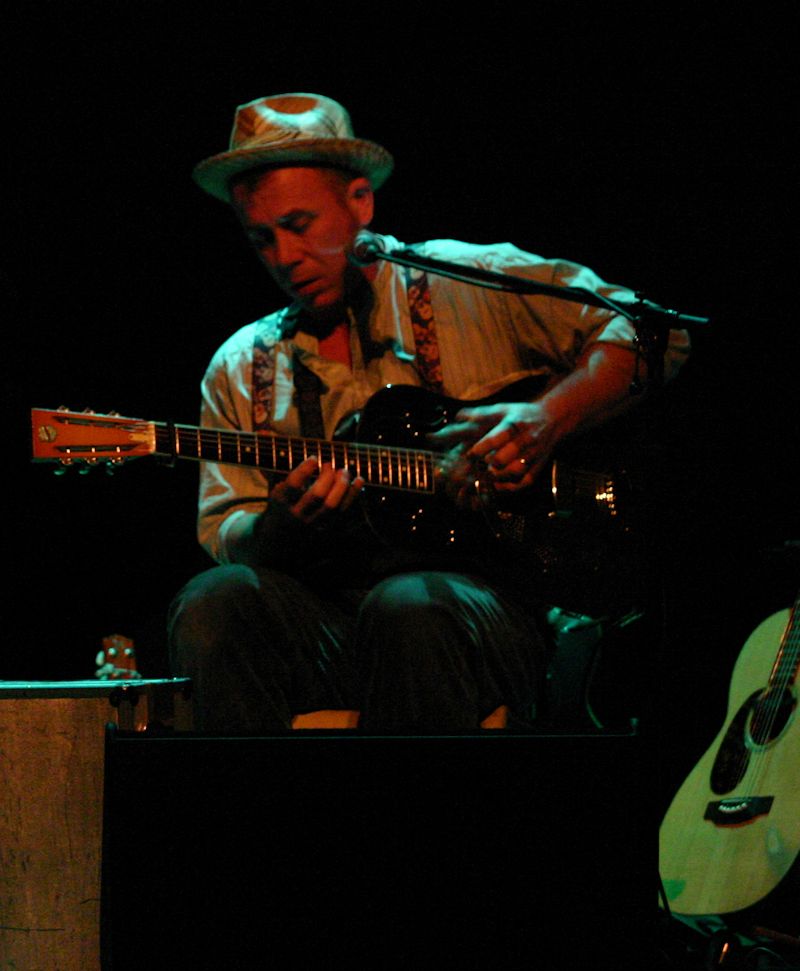
The second major factor was the rise to prominence of Max Morath. Some historians refer to this book as "The Ragtime Bible." Regardless, it was the first comprehensive and serious attempt to document the first ragtime era, and its three most important composers, Joplin, Scott, and Lamb. The first was the publication of the book, They All Played Ragtime, in 1960, by Harriet Janis and Rudi Blesh. In the 1960s, two major factors brought about a greater public recognition of ragtime. A more significant revival occurred in the 1950s as a wider variety of ragtime genres of the past were made available on records, and new rags were composed, published, and recorded. First in the early 1940s, many jazz bands began to include ragtime in their repertoire and put out ragtime recordings on 78 rpm records. There have been numerous revivals since newer styles supplanted ragtime in the 1920s. Dance orchestras started evolving away from ragtime towards the big band sounds that predominated in the 1920s and 1930s when they adopted smoother rhythmic styles.

Ragtime was also a major influence on Piedmont blues. Ragtime was an influence on early jazz the influence of Jelly Roll Morton continued in the Harlem stride piano style of players such as James P. Europe's 369th Regiment band generated great enthusiasm during its 1918 tour of France. Shipboard orchestras on transatlantic lines included ragtime music in their repertoire. The growth of dance orchestras in popular entertainment was an outgrowth of ragtime and continued into the 1920s. The new rhythms of ragtime changed the world of dance bands and led to new dance steps, popularized by the show-dancers Vernon and Irene Castle during the 1910s. Europe were among the first to crash the color bar in American music. Polite society embraced ragtime as disseminated by brass bands and "society" dance bands. Piano "professors" such as Jelly Roll Morton played ragtime in the "sporting houses" ( bordellos) of New Orleans. Ragtime became the first African-American music to have an impact on mainstream popular culture. Ragtime quickly established itself as a distinctly American form of popular music.

In a 1913 interview published in the black newspaper New York Age, Scott Joplin asserted that there had been "ragtime music in America ever since the Negro race has been here, but the white people took no notice of it until about twenty years ago. For at least 12 years after its publication, "Maple Leaf Rag" heavily influenced subsequent ragtime composers with its melody lines, chord progressions or metric patterns. 1868–1917) became famous through the publication of the " Maple Leaf Rag" (1899) and a string of ragtime hits such as " The Entertainer" (1902), although he was later forgotten by all but a small, dedicated community of ragtime aficionados until the major ragtime revival in the early 1970s. Ragtime was also a modification of the march style popularized by John Philip Sousa, with additional polyrhythms coming from African music. The composition was a hit and helped popularize the genre.

Kentucky native Ben Harney composed the song "You've Been a Good Old Wagon But You Done Broke Down" a few months later in 1896. It was written by minstrel comedian Ernest Hogan. The first Ragtime composition to be published was " La Pas Ma La" in 1895. The style has its origins in African-American communities in cities such as St. Scott Joplin achieved fame for his ragtime compositions and was dubbed the "King of Ragtime" by contemporaries.


 0 kommentar(er)
0 kommentar(er)
